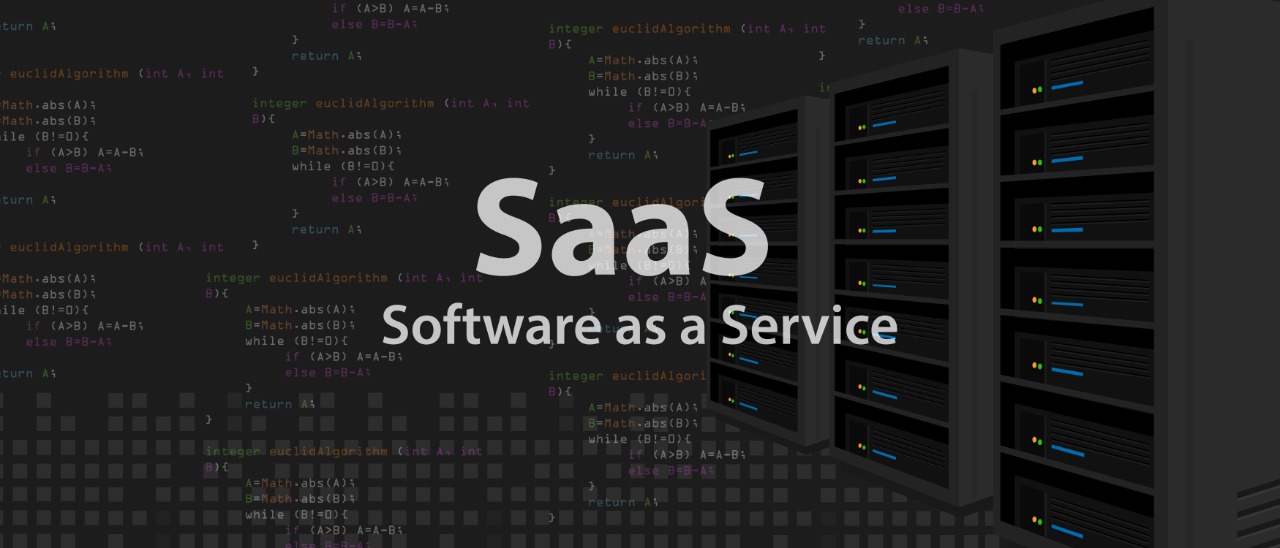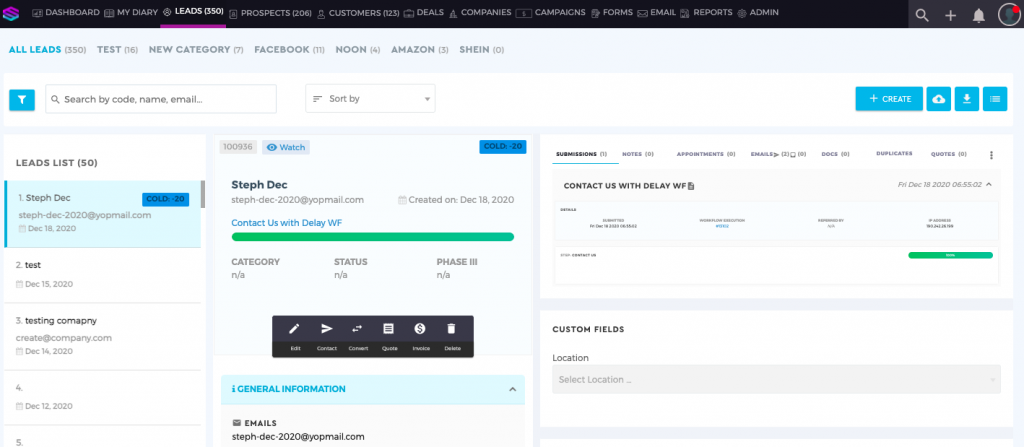What is SaaS or Software as a Service?

What is SaaS?
Software as a Service (SaaS) is a business model in which software is licensed on a subscription basis and is centrally hosted by a company. They’ve become so popular that SaaS organizations have been recorded to operate in over 100 countries. Just last year, SaaS companies have also garnered a total of $6.4 billion in funding amount.
So what’s with SaaS and what does it mean for your business?
What you should know:
SaaS are products and services provided using the internet, eliminating the need for companies to actually go to your location to deploy their services or install updates about their software
These products increasingly becoming relevant in organizations, even in smaller ones
They could mean more convenience and fewer costs for its users
Local SaaS providers may be better than multinational ones
Important SaaS statistics:
By 2021, around 73% of companies will be using all or mostly SaaS solutions
About 85% of small companies report that have invested in SaaS solutions
Organizations with 250+ employees also claim to have used more than 100 SaaS apps
On average, small firms (with up to 50 employees) use between 25-50 SaaS solutions
What SaaS means for your business
It provides more impact to your organization compared to on-premise software.
On-premise software has delayed deployment times compared to SaaS, which may be instantaneous.
They give users resources to address specific and varied demands.
Organizations, therefore, experience higher levels of employee engagement and better employee experience with SaaS solutions that are rich in features.
SaaS vendors can make feature improvements, bug fixes, and security updates almost instantaneously.
With just an update over the internet, changes to the software can be adopted by the user almost instantaneously compared to on-premise software.
Reduced or eliminated costs
When there is no longer any need to invest in expensive hardware or software, organizations can experience low (or even zero) maintenance costs and no licensing fees. All can be absorbed in the subscription fees you’re paying to the provider.
Service in the Cloud
SaaS is also called service in the cloud.
This means that by using cloud technology, all the services can be provided by a SaaS vendor to its users, eliminating the need to actually visit the customer, install the software, make updates with the software, which are often the characteristics of software deployed on-premise.
This traditional approach has been observed to be more expensive for businesses. According to research from the 2020 State of Cloud Report by Flexera, around 61% of companies will “migrate more workload to the cloud” as part of their cloud initiatives in 2021.
Tips when using SaaS as a Business
Only use products that genuinely solve your business problems
There are a lot of products out there that are made hastily without correctly identifying the real problems that businesses face. Save yourself from the trouble of dealing with a SaaS product that doesn’t work or doesn’t match your needs right now. Only choose a product that has been demonstrated to solve an issue that your business has been facing.
Example of SaaS products that have correctly identified business challenges:
Slack resolves businesses’ issues with inefficient communication between team members and departments
Asana fixes confusion over tasks and tasks and promotes seamless collaboration between teams
Docusign expedites the lengthy and boring process of scanning documents and using fax machines to legally sign documents
Saphyte empowers teams to let the software perform the manual, repetitive sales and marketing tasks while allowing teams to provide support to customers or collaborate with each other in one centralized platform

Check if your SaaS provider conducts extensive customer research
A company conducting extensive research about their customers is a good indication that the product they’re building will continue to be developed for the betterment of their users.
The research usually entails asking customers for feedback about their experience with the product and/or service. This feedback will allow the company to identify the usual issues that their customers are facing when using the product.
The information that they have gathered at this stage will help them to make the necessary changes and modifications to improve the product. Here, bug fixes, feature updates, or new features may be made for the company to accommodate the interests of more users.
Higher price may not necessarily mean higher quality
Be careful with the price-quality correlation trap: higher price does not necessarily mean higher quality.
So make sure to compare prices, quality, and feedback about SaaS providers so you can get the product with the best value.
If possible, try the “free trial” first so you can determine whether the product provides a good experience to your teams.
Go local, especially if the local company provides one-on-one support
Sometimes local companies are even better than multinational ones. Local companies often provide one-on-one support for free and are genuinely invested in your growth as a business.
Most of them are eager to make your success become part of their portfolio so that they can show others that they were able to contribute to your growth. This may not be the case with large, multinational companies.
Getting free one-on-one support also allows you and your teams to adapt to the SaaS product or even customize it to perfectly match your needs.
Conclusion
If you are looking for a cloud-based software that allows your teams to seamlessly coordinate with each other while being able to perform sales and marketing tasks in one platform, check out the Saphyte Ecosystem. Contact our support team now for more information.